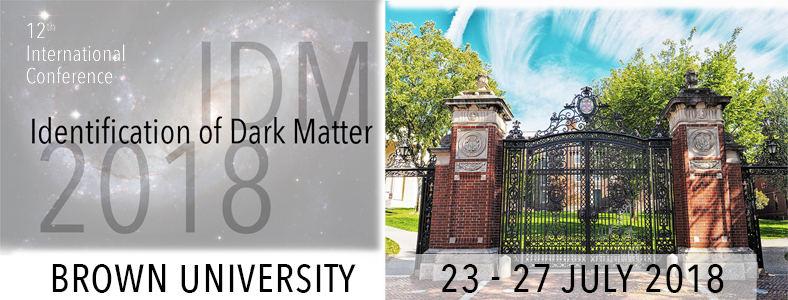Speakers
Description
A promising path to detect dark matter is given by direct detection, i.e., detecting the recoil of dark matter particles in a target material by measurement of the energy deposited, as light, charge or heat. For the case of light dark matter (below 1 GeV) this approach is strongly connected to the highly non-trivial task of identifying appropriate materials having the necessary target properties, such as, optimal band gap, chemical stability, large single crystal sizes, or, specific magnetic and dielectric properties. Motivated by the exponential growth of computational power and the resulting data, we recently witness novel approach towards functional materials prediction in the framework of materials informatics. Here, methods adapted from computer science based on data-mining and machine learning are applied to identify materials with requested target properties. In our contribution, we outline the approach for finding target materials for light dark matter detection using the electronic structure database OMDB.
